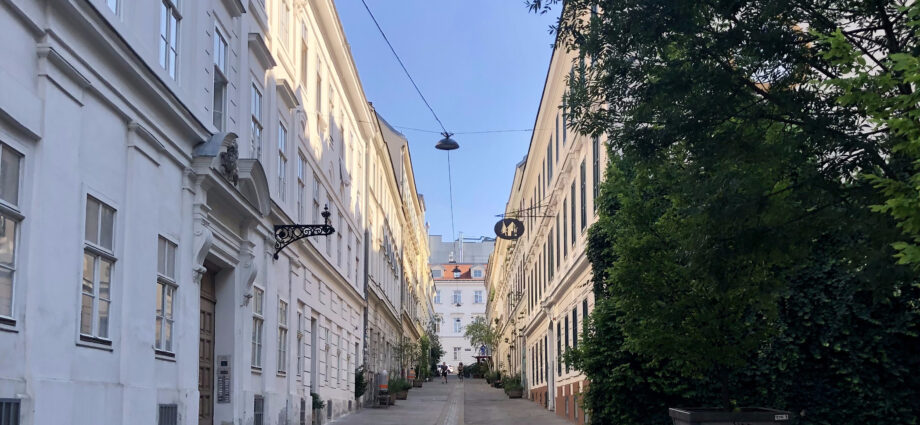Wien zu Fuß (Vienna on Foot) is a brand of Mobilitätsagentur Wien (Vienna Mobility Agency) and is devoted to issues of the pedestrian experience in Vienna. As soon as we learned about the concept of this brand, we absolutely loved getting familiar with the content and have enjoyed getting to know more about this unique Viennese brand focused on walking and walkability. Other brands focus on cycling (Fahrrad Wien) and mobility of children (Die Stadt & Du).
In this interview, we dialogue with Petra Permesser, who works with the social media and PR for Wien zu Fuß. Holding university degrees in communications and in sociology, she has been working in comms research and as a social media expert for 15 years in different jobs in Vienna. In the Summer of 2020, she joined Mobilitätsagentur Wien.

“In most neighborhoods Vienna is a walkable city. Shops and markets are mostly around the corner. And if you don’t want to walk the whole distance to wherever, public transport is just around the corner. Nevertheless, Vienna is similar to many other cities: the peripheric areas of Vienna are still very car-centric.”
Petra on walkability in Vienna
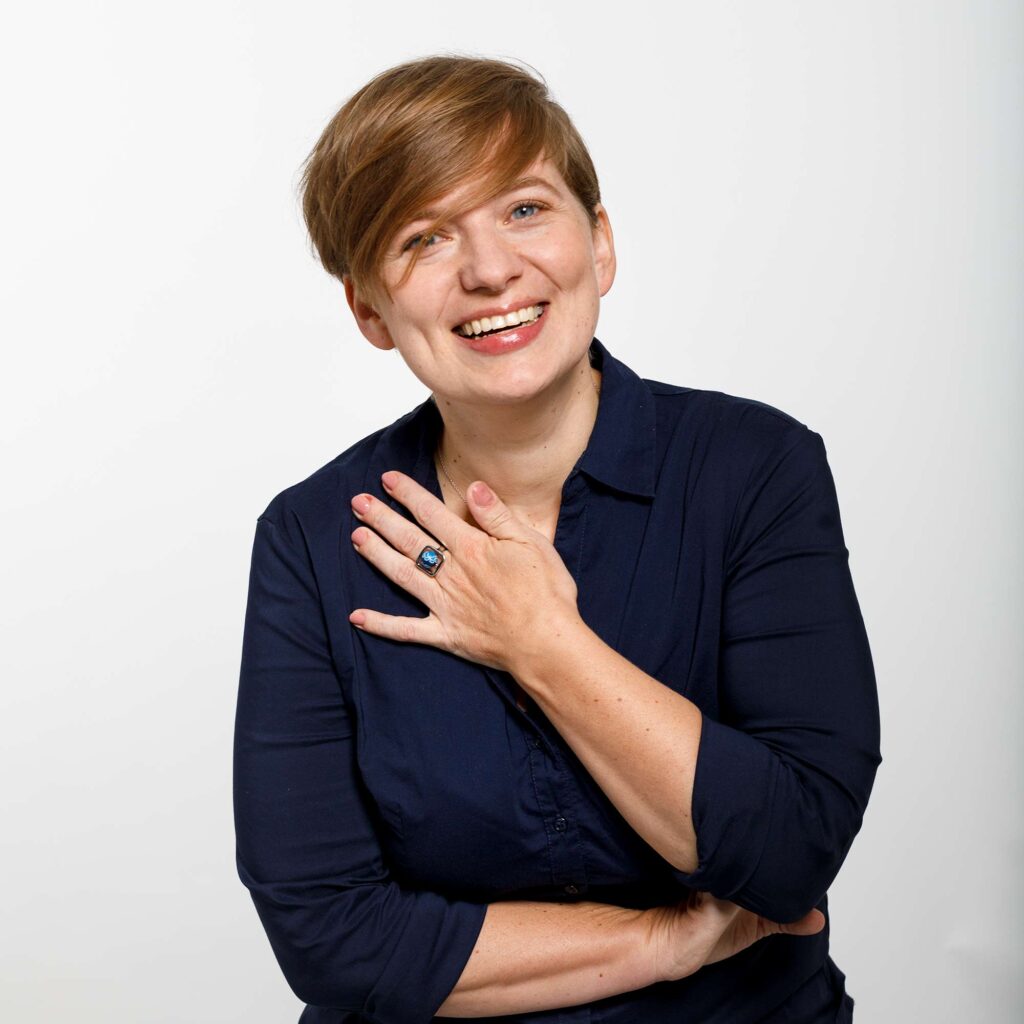
Pedestrian Space: How did you get involved in the realm of mobility?
Petra: On a professional basis it was by a fluke. Personally, I was always interested in exploring cities on foot or by bike. As riding a bike is the easiest and fastest way to get around Vienna, I’ve been doing that for a long time. Some years ago I joined some groups on Facebook, who deal with cycling in Vienna. So I got a new perspective on urban mobility.
Pedestrian Space: We love following the social media for Wien zu Fuß, accounts which you are in charge of. Can you share more about what goes behind creating the content for Wien zu Fuß?
Petra: We cover a lot of different topics on the social media accounts of Wien zu Fuß. The three largest ones deal with walkability in Vienna, exploring historic or interesting spots around town and mobility of kids. Of course, they intertwine. In all of them, we focus on telling about walking as an experience and not only as a form of mobility.
When creating content for Wien zu Fuß, we also look for the dialog with our users – e.g. with controversial questions or looking for insider tips. When it comes to photography we try to use a mix of user-generated content, professional images and pictures taken by the team of Wien zu Fuß. Ideally, this makes our accounts as diverse as Vienna is.
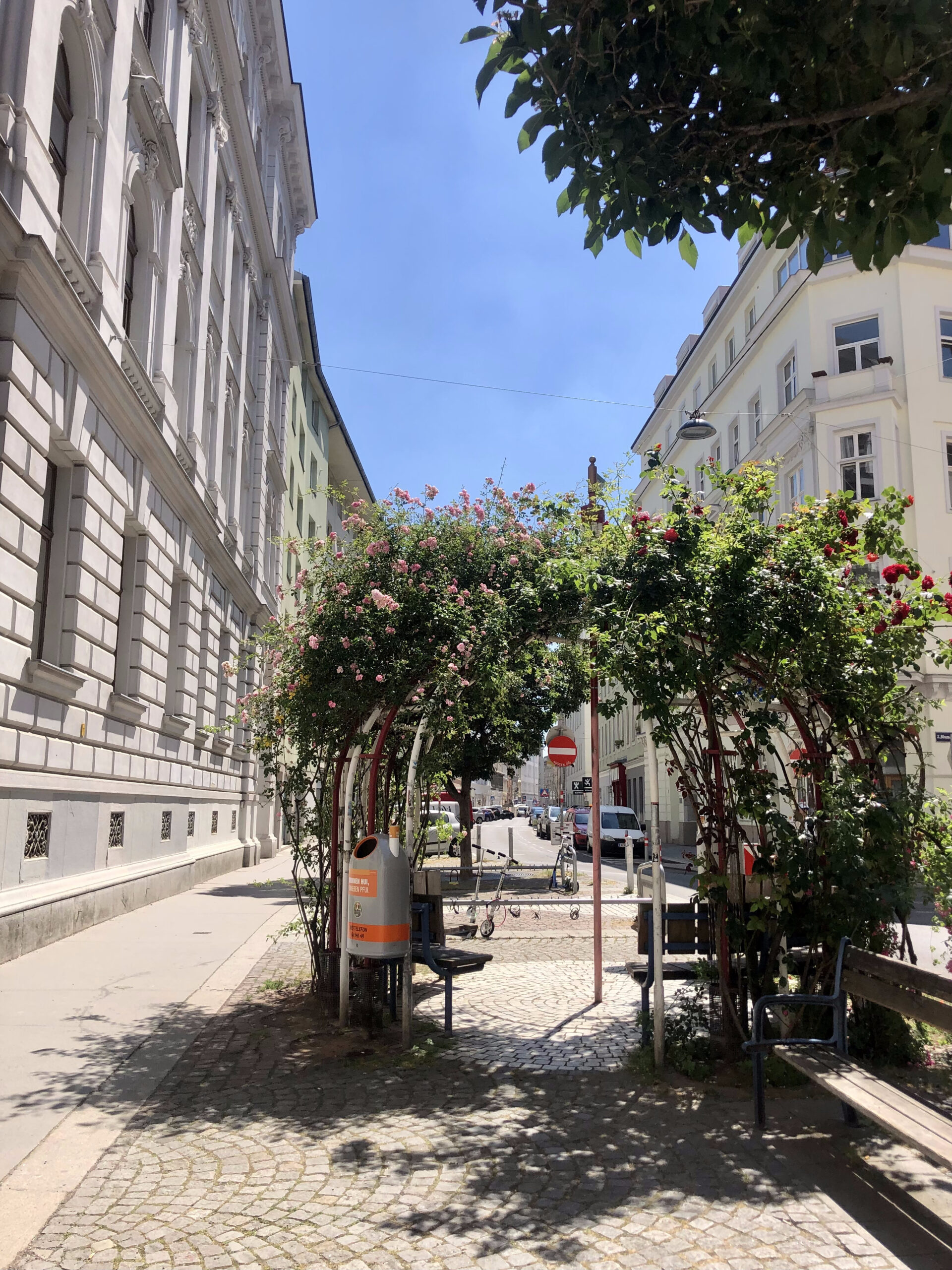
Pedestrian Space: Different social media channels often have different levels of engagement and energy. Do you observe this with the accounts for Wien zu Fuß as well?
Petra: Of course. Taking care of the social media accounts of Wien zu Fuß on Twitter, Facebook and Instagram is probably very similar to many other accounts: On Twitter, users are keener to debate, perhaps also because a lot of experts in mobility are on Twitter.
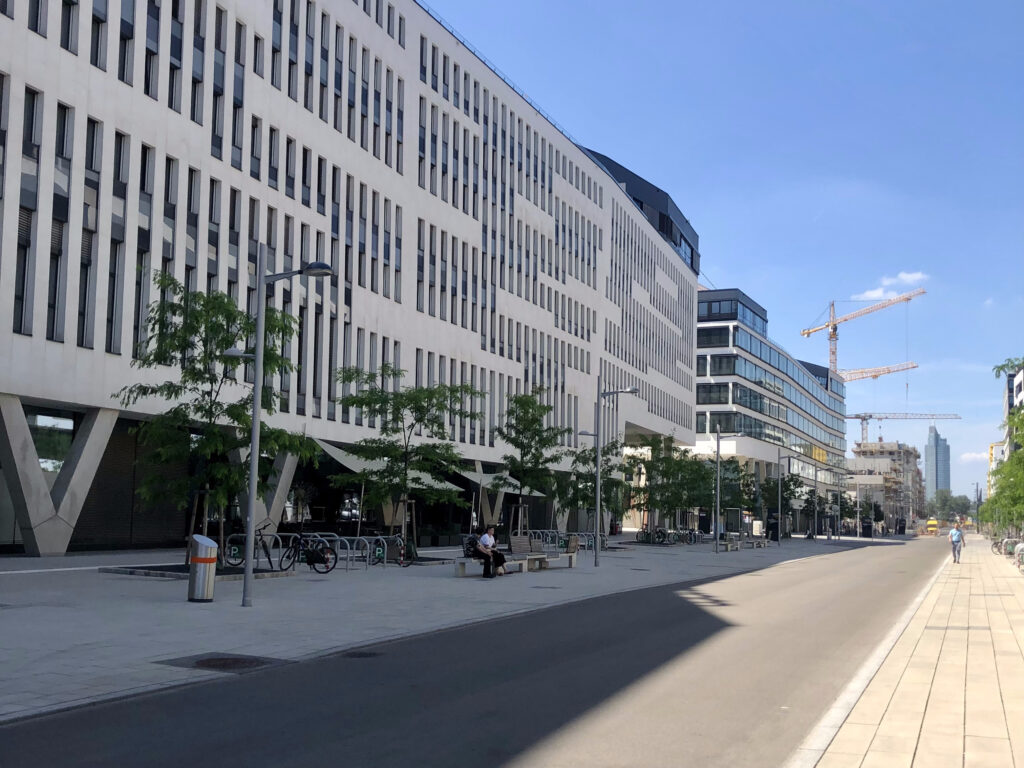
“When it comes to photography we try to use a mix of user-generated content, professional images and pictures taken by the team of Wien zu Fuß. Ideally, this makes our accounts as diverse as Vienna is.”
Petra on content creation for Wien zu Fuß
Pedestrian Space: You also handle PR for Wien zu Fuß. Can you share what kind of activities this involves?
Petra: I’m one of three employees working in the field of PR at Mobilitätsagentur Wien. As a team we cover all types of PR: media relations, websites, Social Media, events, campaigns and mobile apps. Our mobile app and our events emphasize the experience of walking in different ways.
Our app is not only a step counter, but also has a strong regional impact. On the one hand there are competitions for the most active walkers in each of the 23 Viennese districts. And on the other hand, we partner up with local shops and restaurants, where our app users can get small goodies as a gratification for their steps.
At our events, we focus on the experience of walking as well. Because walking is as natural as breathing, many people don’t think about it. So we try to emphasize its impact on a funny or lively basis. For example, we have a wheel of fortune, that can be moved with a stepper and not by pushing it by hand. At some events, we also build a barefoot course. And we also arrange excursions, where you can walk in a neighborhood you’ve never been before and get new insights from the planners or locals there.
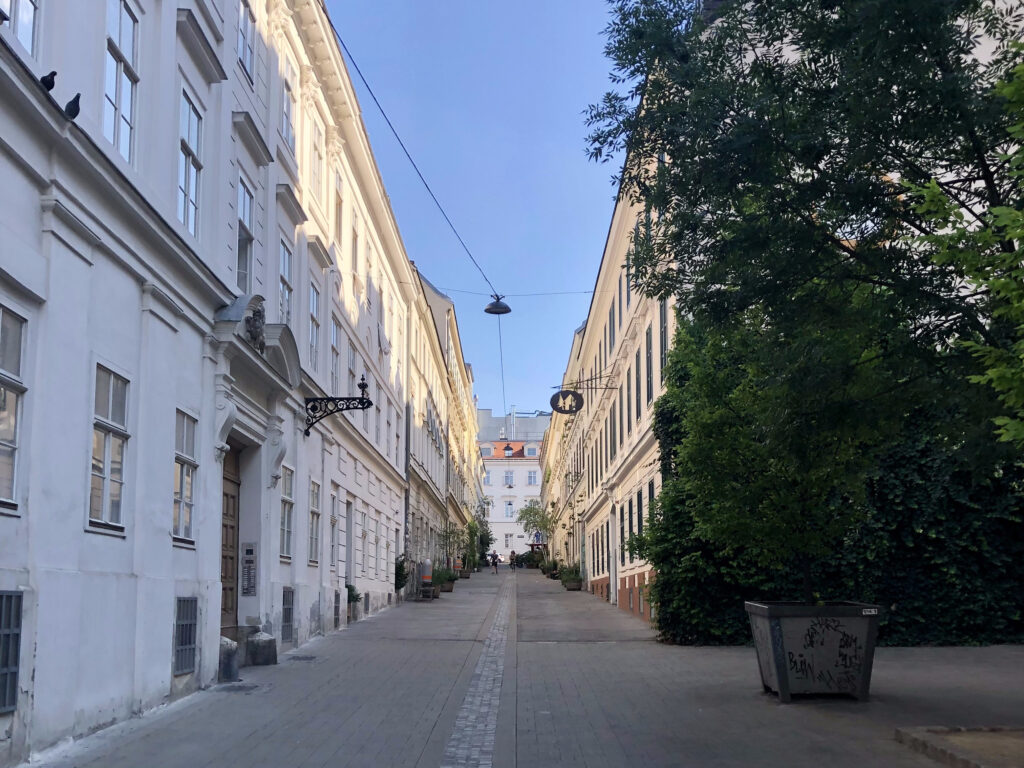
Pedestrian Space: What is your own perception of walkability in Vienna?
Petra: In most neighborhoods Vienna is a walkable city. Shops and markets are mostly around the corner. And if you don’t want to walk the whole distance to wherever, public transport is just around the corner. Nevertheless, Vienna is similar to many other cities: the peripheric areas of Vienna are still very car-centric.
In comparison to other European cities I think, it’s easier to take a break during a walk in Vienna. Of course, there are the iconic cafés, but there are also many benches on nearly each street. Although I sometimes wonder who would ever sit on some of them, this is what I miss, when I’m on vacation exploring other cities.
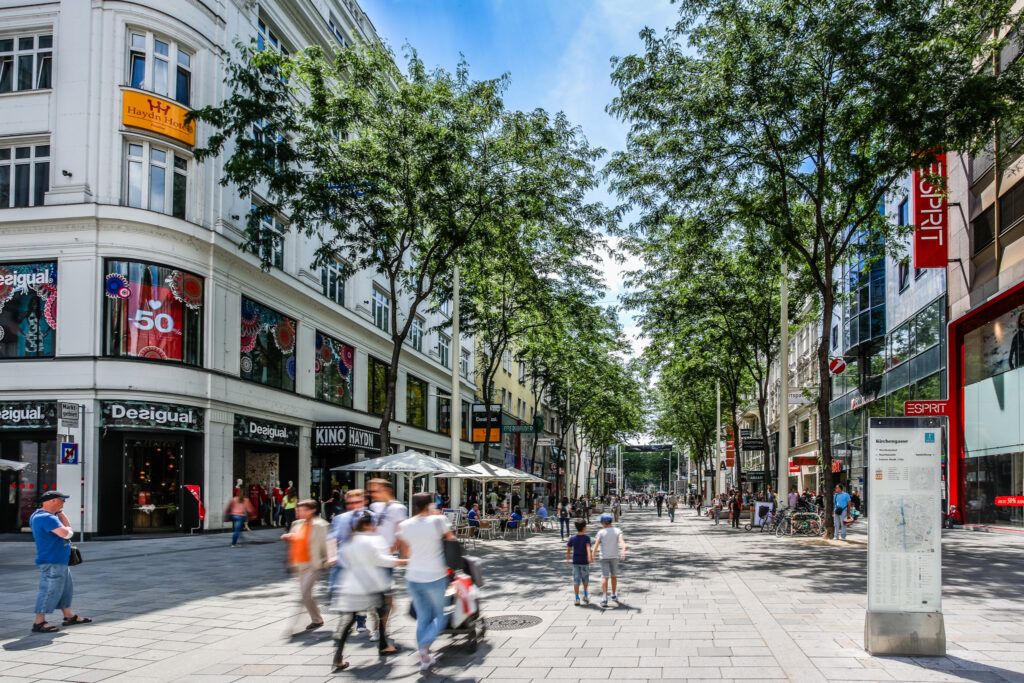
Pedestrian Space: What are some of your favorite sidewalks, street spaces and pedestrian areas?
Petra: I tend to take to more quiet and residential roads in Vienna. Although the shared spaces built on Mariahilfer Straße or Rotenturmstraße in recent years are a great transformation of public space from cars to people, for me personally they are too crowded. When I walk from A to B, I tend to take a zigzag path. And I must admit that I get lost sometimes in neighbourhoods, I don’t know in details, especially when a lot of the streets are curved and not arranged orthogonally.
Pedestrian Space: What are some key areas of improvement for walkability in the city?
Petra: Although Vienna is a really walkable city, the main area to improve for me is to provide enough space for walking. A lot of neighborhoods in Vienna were built at least 200 years ago. As time elapsed, rather small sidewalks were built and still exist. Sometimes even bike lanes run on these small sidewalks. In the last couple of years, a lot of reconstruction was done by the city of Vienna. They built shared spaces for walking, cycling, and driving cars and improved walkability.
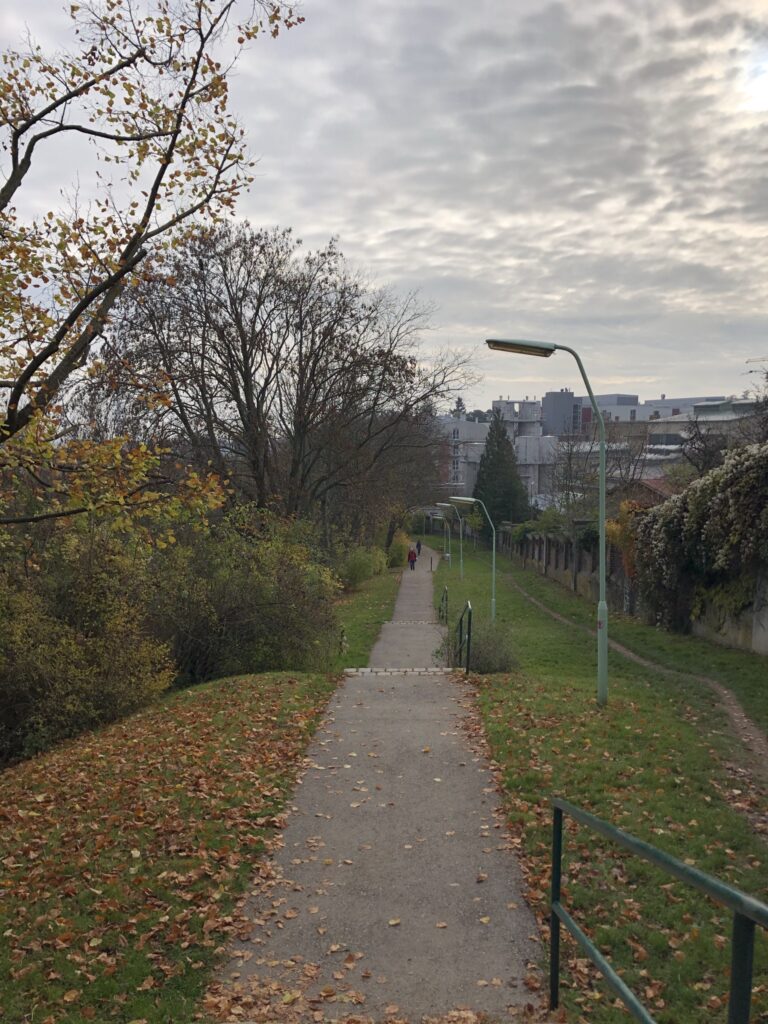
Pedestrian Space: What would your ideal day in the city include?
Petra: On an ideal Saturday, I’d start my day with a walk to Brunnenmarkt. On Saturdays, there are local farmers with their products on the market. And the cafés on nearby Yppenplatz are a great place for breakfast. Later on, I’d spend the afternoon at Kongressbad or Kongresspark, depending on if it is warm enough for swimming. Both are just a short stroll through Ottakring from the market. The Kongressbad is one of approx. 50 public pools in Vienna. This one is rather special because of its iconic red buildings and of a swimming pool of 50m in length. Both – the pool and the park – were built in the 1920s, when also the nearly Sandleiten-Hof was built. It was the largest residential building of that time in Vienna. In the evening I would take a short hike up Wilhelminenberg and watch the sunset either from one of the wineries there or from the meadow next to Schloss Wilhelminenberg.
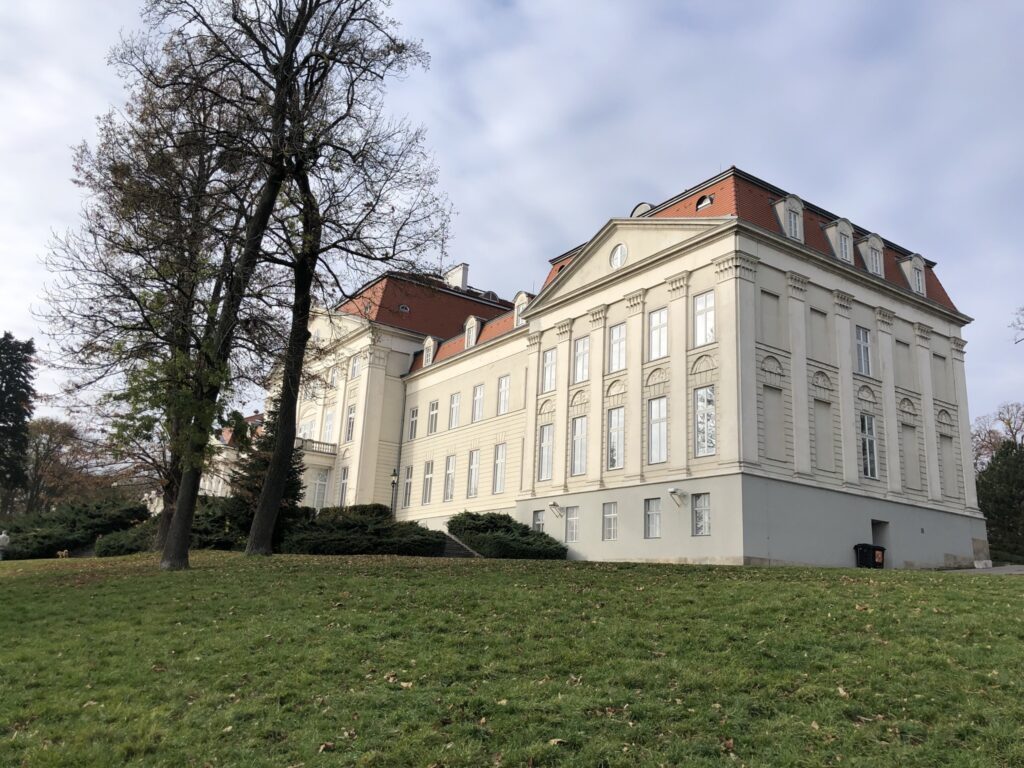
Visit Wien zu Fuß online at https://www.wienzufuss.at/

